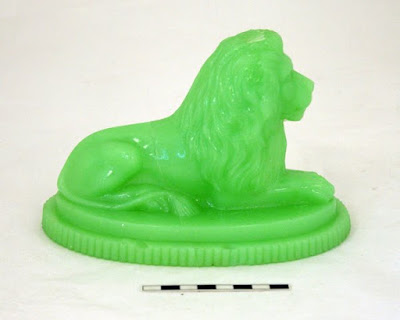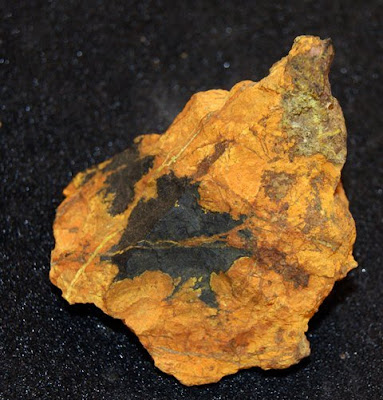My role in Temple Newsam was divided into observation and interviews. The first time I was involved was at an event called Pirate Shell Treasure Hunt, with a family learning group of children and their parents. Helen led the tour and told stories about the house, while the children found the shells. During their visit, children’s interest in the house and its history grew.
Connections with the local community
I suddenly understood what Helen told me about building connection with communities. Although those people were living close to Temple Newsam House, they might not have had the chance to get to know the history of the place. There now are activities that can bring them together and provide them with opportunities to spend time there. |
| A creative writing group finds inspiration from the Visioning the Landscape exhibition |
Becoming 'hosts' as well as visitors
I also attended the visits from creative writing groups to the Visioning the Landscape exhibition. These groups consist of people of a variety of ages, who are interested in arts and writing poems. After this tour, the members write poems about their feelings and thoughts on the house and the exhibition.Their poems are displayed in different places of the house for other visitors to read. By creating poems, they become not only visitors but also hosts. This type of co-creation can encourage deeper audience and community engagement.
What does 'community engagement' mean?
I had always believed that people took part in a group either due to personal interest or because they were being paid. I learned that this is not the case. For a community or interest group, the more important thing is that there is someone they can trust and be familiar with, especially in the areas of arts and heritage. Sometimes people think art is far away from their life and they cannot understand it. However, if there are friendly people encouraging them to join in, people are more likely to get involved. This is the way that Assistant Community Curator Helen Pratt has been working in community engagement.
The placement in the Temple Newsam House deepened my understanding of audience and community engagement. I have seen the power of word of mouth and the importance of building connections between community and the sites. People are attracted by the history of Temple Newsam and that history, as well as the chance to work with different people can have a beneficial effect on their lives.














